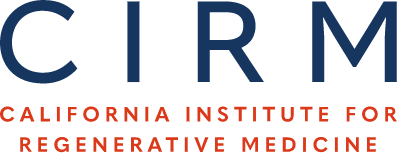Enhanced neuromorphogenesis of neural stem cells via the optimization of physical stimulus-responsive signaling pathways.
Publication Year:
2025
PubMed ID:
40682198
Funding Grants:
Public Summary:
BACKGROUND: Neural stem cells hold significant promise for developing in vitro nerve models due to their capacity to differentiate into diverse neural cell types. While traditional biochemical approaches often restrict differentiation to a single phenotype, limiting the ability to study critical neuron-glia interactions, physical stimuli have been explored due to their capacity to drive multi-phenotypic differentiation of neural stem cells. However, underlying molecular mechanisms mediating the physical stimulation-induced neural stem cell differentiation, with an emphasis on electrical stimulation and mechanical stimulation, remain inadequately explored, hindering the comprehensive optimization and application of physical stimulation for enhanced neuromorphogenesis. METHODS: In this study, we explored the signaling pathways driving mechano-electrical stimulation-induced multi-phenotypic differentiation of NSCs using a piezoelectric platform with signaling inhibitors. The signaling knowledge was then used to further enhance the neuromorphogenesis by employing signal activator/inhibitor in combination with mechano-electrical stimulation. RESULTS: We discovered that electrical stimulation promotes the neuronal differentiation of NSCs via Wnt signaling through the TRPC1 channel, while mechanical stimulation activates the TRPV4-RhoA/ROCK axis, inducing astrocytic and oligodendrocytic differentiation via JAK/Stat3 and Shh/Gli1 pathways, respectively. Targeted modulation of these pathways under mechano-electrical stimulation further enhanced neuromorphogenesis, including improved neurite outgrowth, synaptic interactions, and myelin maturation. CONCLUSIONS: This study systematically uncovered the signaling cascades that mediate the mechano-electrical stimulation-induced multi-phenotypic differentiation of neural stem cells towards neurons and glial cells, which were separately mediated by electrical stimulation and mechanical stimulation, respectively, through independent signaling cascades. The combination of physical stimulation with biochemical factors to modulate those signaling pathways further enhanced neuromorphogenesis, offering a reliable and robust strategy to develop fully functional neural stem cell-derived in vitro nerve models.
Scientific Abstract:
BACKGROUND: Neural stem cells hold significant promise for developing in vitro nerve models due to their capacity to differentiate into diverse neural cell types. While traditional biochemical approaches often restrict differentiation to a single phenotype, limiting the ability to study critical neuron-glia interactions, physical stimuli have been explored due to their capacity to drive multi-phenotypic differentiation of neural stem cells. However, underlying molecular mechanisms mediating the physical stimulation-induced neural stem cell differentiation, with an emphasis on electrical stimulation and mechanical stimulation, remain inadequately explored, hindering the comprehensive optimization and application of physical stimulation for enhanced neuromorphogenesis. METHODS: In this study, we explored the signaling pathways driving mechano-electrical stimulation-induced multi-phenotypic differentiation of NSCs using a piezoelectric platform with signaling inhibitors. The signaling knowledge was then used to further enhance the neuromorphogenesis by employing signal activator/inhibitor in combination with mechano-electrical stimulation. RESULTS: We discovered that electrical stimulation promotes the neuronal differentiation of NSCs via Wnt signaling through the TRPC1 channel, while mechanical stimulation activates the TRPV4-RhoA/ROCK axis, inducing astrocytic and oligodendrocytic differentiation via JAK/Stat3 and Shh/Gli1 pathways, respectively. Targeted modulation of these pathways under mechano-electrical stimulation further enhanced neuromorphogenesis, including improved neurite outgrowth, synaptic interactions, and myelin maturation. CONCLUSIONS: This study systematically uncovered the signaling cascades that mediate the mechano-electrical stimulation-induced multi-phenotypic differentiation of neural stem cells towards neurons and glial cells, which were separately mediated by electrical stimulation and mechanical stimulation, respectively, through independent signaling cascades. The combination of physical stimulation with biochemical factors to modulate those signaling pathways further enhanced neuromorphogenesis, offering a reliable and robust strategy to develop fully functional neural stem cell-derived in vitro nerve models.



